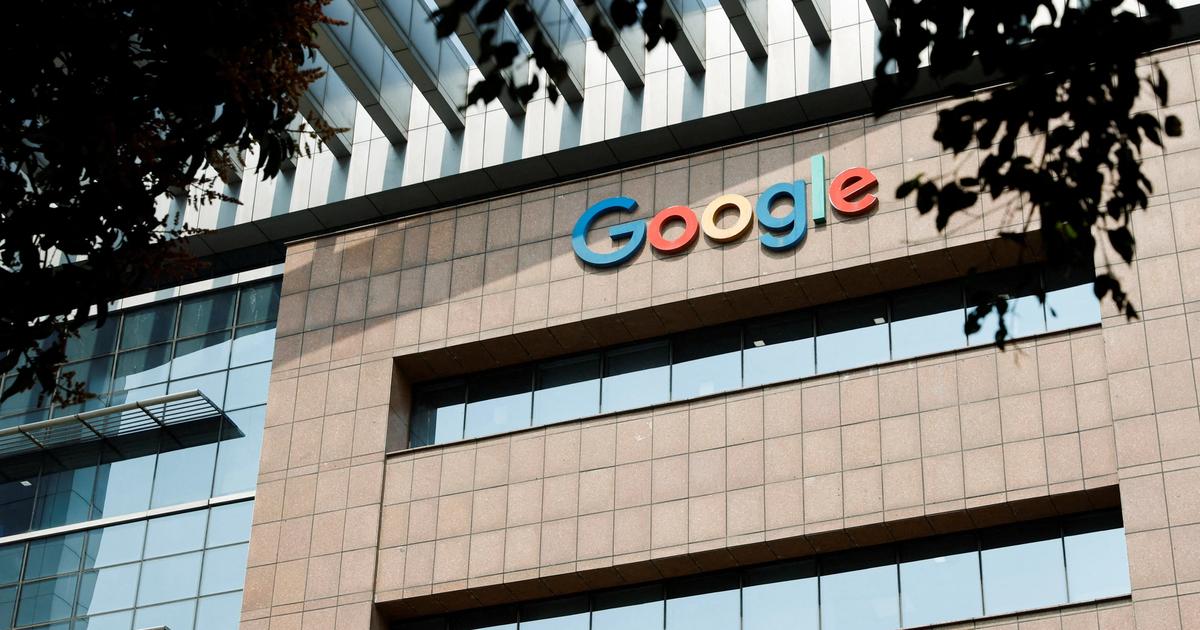
"There's been a lot of discussion lately about how to look at OpenAI, whose outsized ambitions have been on display, from its blockbuster deals with chipmakers to its AI-powered social networking app to its new products announced this week. Here's what this tells me: It's a juggernaut on a collision course with its nemesis, Google. This may not be today's headline, but Google is OpenAI's biggest potential long-term threat, and some of OpenAI's strategic moves seem to address that reality."
"It can't be understated how much of a head start Google has in AI. It was thinking about custom AI chips in 2006. It was buying tens of thousands of Nvidia GPUs in 2014, deployed its own "Tensor Processing Units" by 2015 and invented the architecture that powers ChatGPT in 2017. That's a big reason Google is able to run its AI models so efficiently, rolling out AI-powered products to billions of users when there's a huge shortage of available compute."
"In the AI era, advertising won't be the only consumer business model on the internet. If subscriptions and fees become the norm, companies will be able to use pricing power as a competitive advantage. OpenAI can burn billions of dollars per year today. Eventually, it needs to make more money per user than it spends. Google and OpenAI are alone in the fact that they have both industry-leading AI capabilities and mass consumer distribution. But OpenAI is missing its own customized compute infrastructure."
OpenAI has pursued blockbuster chipmaker deals, an AI-powered social networking app and new product launches while rapidly expanding its footprint. The company appears positioned to challenge Google, which gained a substantial head start through early work on custom chips, large Nvidia GPU purchases, Tensor Processing Units and core architecture innovations. Google's compute efficiency enables broad AI deployment despite global shortages. As consumer internet models shift toward subscriptions and fees, pricing power becomes a competitive advantage. OpenAI currently burns billions annually and must ultimately earn more per user than it spends. Both firms combine AI capability with distribution, but OpenAI lacks bespoke compute infrastructure.
Read at Semafor
Unable to calculate read time
Collection
[
|
...
]